Introduction to the easy way of making lakhs with jute cultivation in India: Jute is the second most important natural fiber crop in India after cotton. Jute is an important cash crop, as an intercrop before paddy transplantation in most parts of the country. The Jute sector plays a vital role in the Indian textile industry. Jute is called golden fiber and is the cheapest fiber available after cotton. Jute, golden fiber has gained immense popularity all over the world due to its biological degradation. The Indian Jute industry is the largest producer of raw Jute and Jute products in the world.
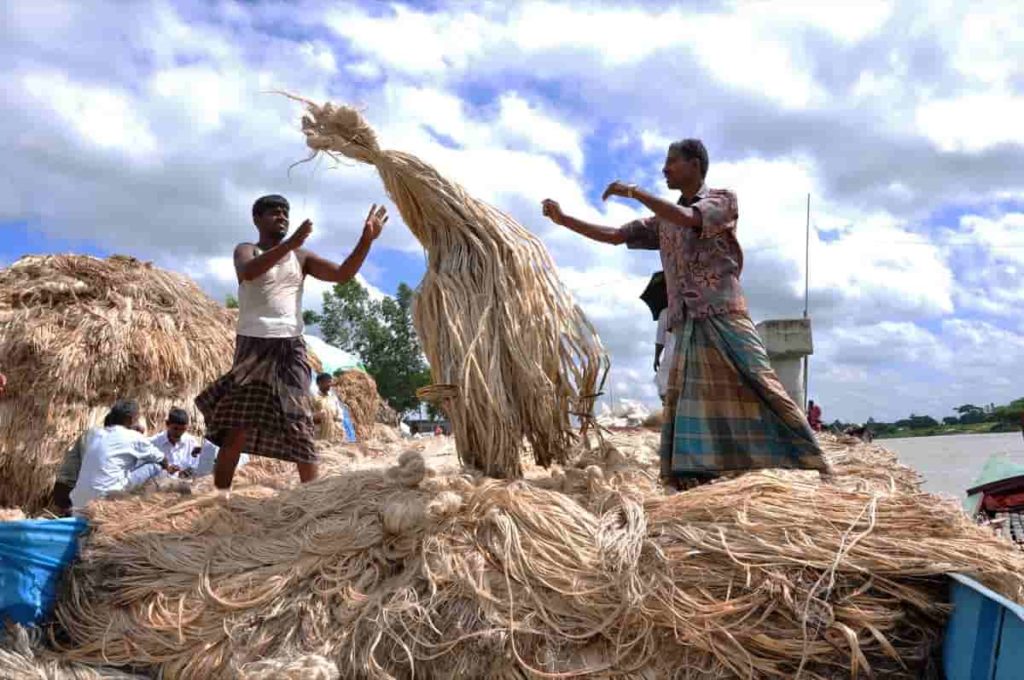
The 2nd largest exporter of Jute goods in the world is India. The sector is a major source of employment and supports 40 lakh farm families and 400,000 workers. The Jute sector is playing an important role in the Indian economy and the eastern region in particular. About 4 million farmers, mostly small and backward, are engaged in Jute cultivation and about 2.60 lakh workers are employed in the Jute industry.
Guide on easy way of making lakhs with jute cultivation in India, growth conditions, varieties, land preparation, demand, water management and harvesting
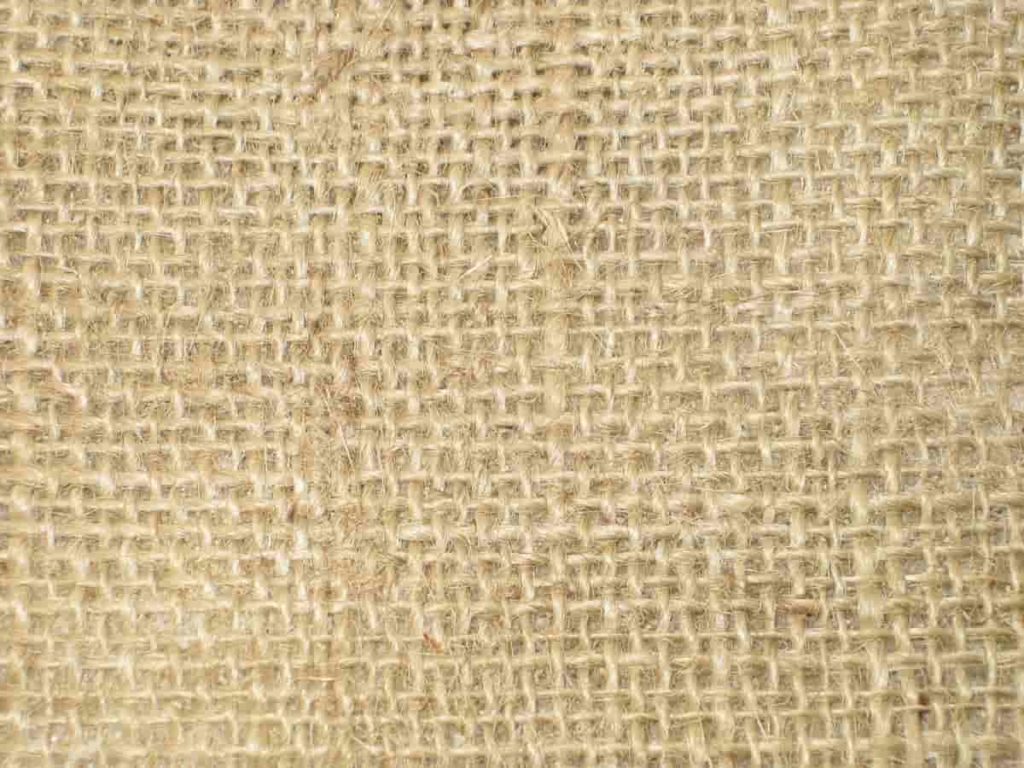
In which state of India Jute is cultivated?
The major Jute growing states in the country are West Bengal, Assam, Orissa, Andhra Pradesh, Tripura, Meghalaya, and Bihar, accounting for about 98% of the country’s Jute area and production. The climate suitable for growing Jute (warm and humid climate) occurs during the monsoon season.
Conditions for Jute growth
- It is a tropical plant and needs warm and humid climate conditions.
- It requires a high temperature between 24°C to 37°C.
- It grows well in areas with heavy rainfall, about 120 cm to 150 cm.
- It requires about 85% relative humidity during development.
- Constant rain or accumulation of water-logging is harmful. The fine-grained new gray soil, which receives the salt from the annual flood, is ideal for Jute.
- Jute can be grown on any type of soil, from clay to sandy loam, but a smooth hut is best suited. For Jute cultivation, laterite and gravel soils are not suitable.
Varieties
JRC 321, JRC 212, JRC 7447, D 154, JRC 1108, JRO 632, JRO 878, JRO 7835, JRO 620, and C.G ‘.
Jute sowing
Jute sowing in the Midlands and highlands begins with rain in March or April and continues until early June in the western part of the Jute belt. Fertilizer or farmyard manure, phosphorus, and potash, nitrogen fertilizer is used as fertilizer. Intercultural is essential in the early stages. The past is also needed to protect the plants.
Land preparation
Due to the small size of Jute seeds, a very fine tilth is required. The land can be prepared by plowing and 3-5 times after cross harrowing and then the plank can be laid. In acidic soils (pH <6.0), it is necessary to add 1-1.5t / ha lime 30-40 days before sowing for better crop performance. Soil moisture between 21-45% is considered ideal for proper germination.
In case you miss this: Make Lakhs with Cotton Farming, Find Out Simple Facts and Techniques
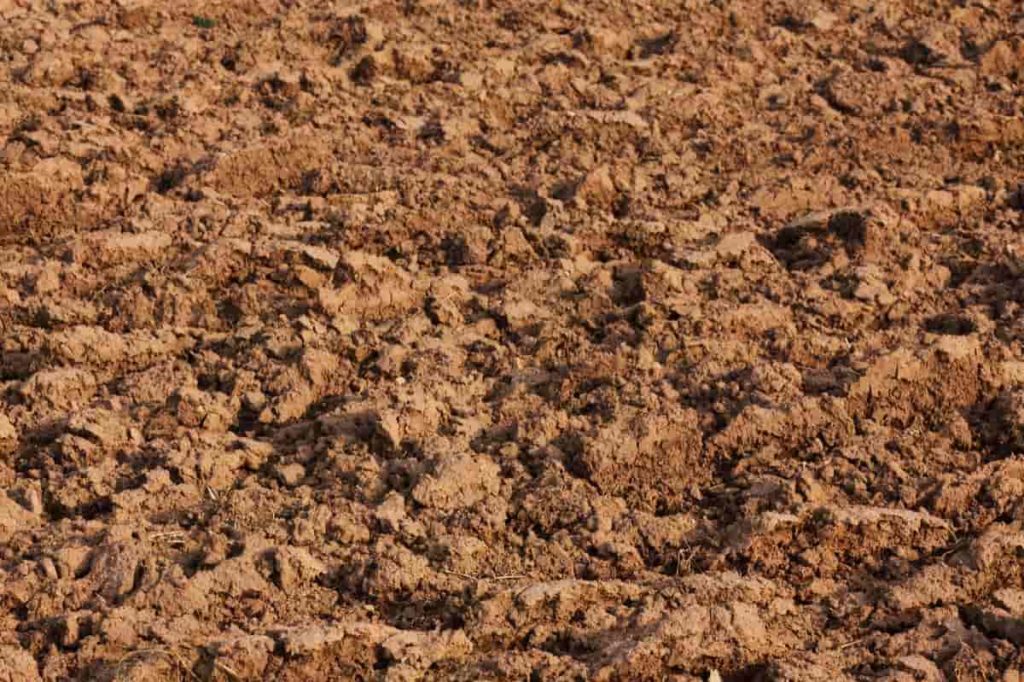
Why is there so much demand for Jute?
After cotton comes the demand for Jute. Jute is in high demand due to its cheapness, softness, strength, length, and uniformity of fiber. These excellent properties also make this fiber popular in the market.
A new cultivation method to help Jute farmers
The Central Research Institute of Jute and Allied Fibers (CRIJAF) of the Indian Council of Agricultural Research (ICAR) has developed a talc-based microbial formulation called CRIJAF Sona. The water has proved to be useful for the production of standard Jute. About 80,000 farmers in Assam depend on Jute cultivation and produce about 1.3 million metric tons of Jute fiber every year.
The microbial formulation consists of three different varieties of Bacillus pumilus, which are isolated from Jute water. After three successful years of introducing this system in the state with the help of Agriculture Research Institute, Nagaon, CRIJAF as its licensee to popularize this system among the Jute farmers of the state. Set for manufacture and sale. Extraction of fiber in this way is very easy and also reduces the labor cost.
Jute cultivation and processing method
The crop takes 8 to 10 months to ripen but different varieties take different times to ripen. Harvesting usually begins in July and lasts until October. The plants are cut into bundles on the ground. The Jute stock is then immersed in floodwater or ponds or stagnant water for about 2 to 3 weeks. High water temperature speeds up the rating process. After the rating is complete, the bark is peeled off the plant and the fiber is removed.
After that, it is removed, rinsed, washed, and cleaned and the fiber is dried in the sun and pressed into bales. All of this has to be done by human hands, for which the availability of ample labor at affordable rates is essential. Fortunately, this labor is readily available as Jute is grown in densely populated areas.
Manures and fertilizer application
- Five tons of well-digested farmyard manure are to be applied during the last plowing.
- In addition, N, P2O5, and K2O are to be applied at the rate of 20 kg/ha each.
- Beds and channels are made depending on water resources.
Jute cultivation revives in Katihar
Jute cultivation in the district has been revived after a gap of several years, which was once a lucrative cash crop for farmers. Farmers use traditional varieties of Jute. Before removing the fiber from Jute plants, it is treated with water, in addition, microbial action is required. But farmers throw them in dirty or muddy water, which affects the quality of fiber.
In case you miss this: Role of Agriculture in Indian Economy
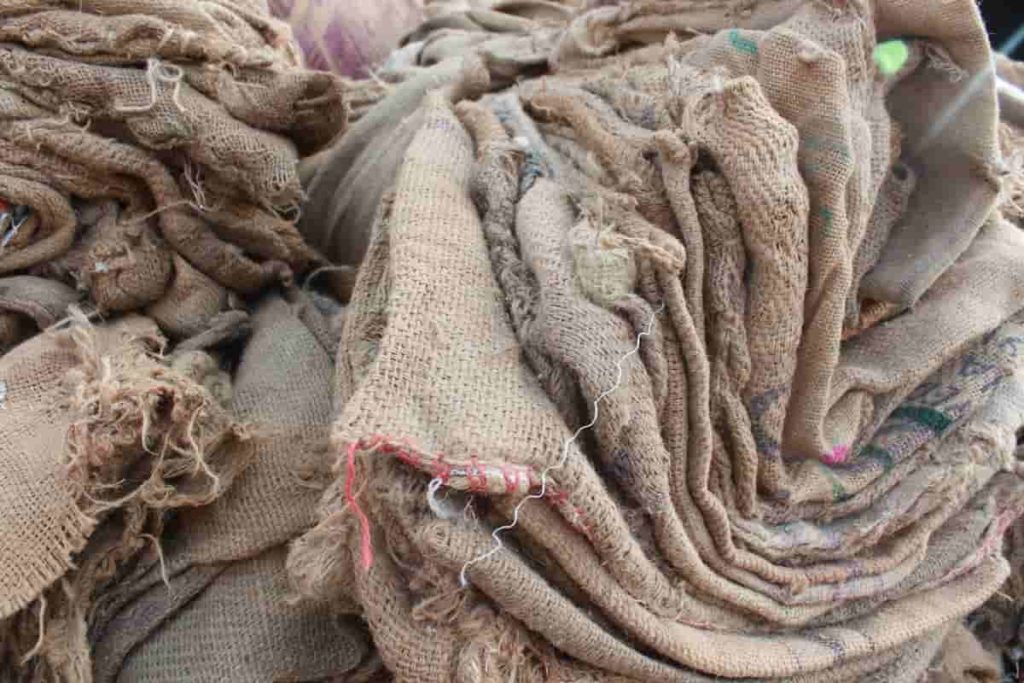
In addition to keeping them (cut Jute crops) in freshwater, the use of high-quality varieties improves the quality of fiber. The processed fiber looks golden. The poor quality looks black when processed. JRO 8432, JRO128, S19, JRO204, CO 58 are high-quality varieties to increase production.
Challenges in Jute cultivation
Inefficient Minimum Support Price (MSP) and Procurement Mechanism;
- Jute Corporation of India (JCI) procured less than 5% of the total raw Jute and thus most farmers sell their products through intermediaries.
- Despite being MSP Rs. 2,400 per quintal for Jute last year, many farmers sold Jute for Rs. 1,800 – 2,000 per quintal: an amount that is only capable of breakeven
Poor agricultural practices
- While various technologies and feedstocks of fertilizers have been developed by CRIJAF, few farmers have adopted the technology and suggested principles.
- Due to the low adoption of new technologies, there is currently a significant gap between the potential production of 2.7 tons per hectare and the actual production of 2.1 tons per hectare.
- Lack of incentive mechanism to improve Jute quality
- Indian Council of Agricultural Research focuses on improving Jute seed production resulting in compromise on fiber quality.
- The current pricing method does not consider quality. At the farmer level, sales of products are assorted, farmers have no incentive to improve the grading and quality of Jute.
- Insufficient water resources result in poor ratings resulting in Jute fiber affecting quality and grading.
- Insufficient funding for Jute research
- Scientists need to bid for project funding (to the Department of Agriculture) along with other researchers working on various other projects in the agricultural value chain.
- Getting adequate funding is a challenge as we focus on viable agricultural products.
In case you miss this: Solar Power Fencing for Crop Protection, Design, Installation, and
Advantages
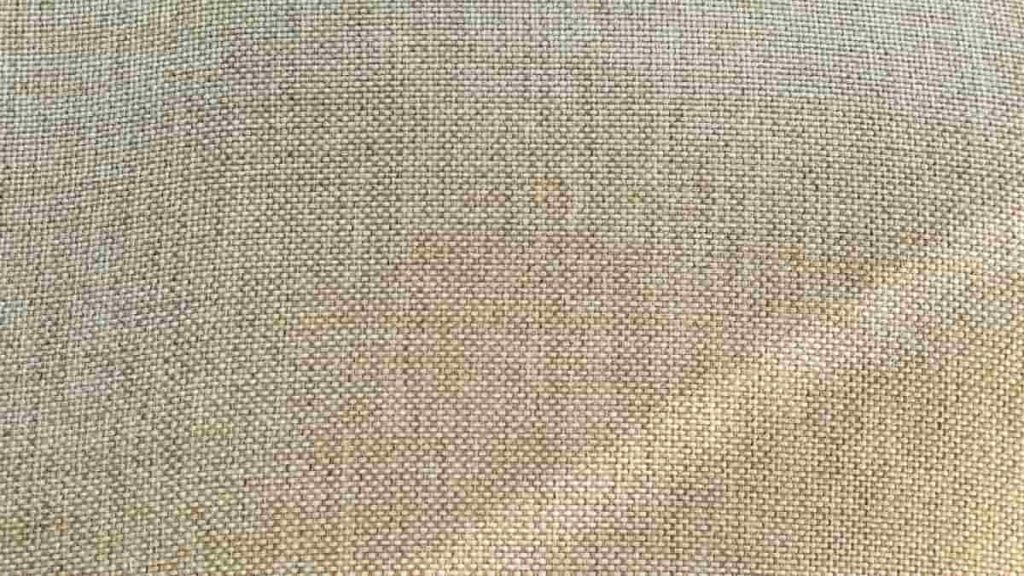
Water management for Jute cultivation
Jute crop requires 500 mm of water. The first irrigation is to be done after sowing and on the fourth day of life irrigation. After that irrigation can be given once in 15 days.
Plant protection
- Jute semi-looper – Plant growth is checked; the late sown crop is more vulnerable. Peak events occur from July to mid-August.
- Controls – Spray 0.05% Endosulfan or 0.1% Carbaryl.
- Jute stem weevil – Grubs attack the nodal joints below the base of the leaf and around the base of the leaf. Sometimes the internodes, petioles, and buds are also attacked.
- Control – Remove and destroy alternative host plants and infected plants. Spray like a semi-looper on top.
- Hairy caterpillar – The larvae feed evenly on the leaves and in severe cases destroy the plants completely.
- Control – Dust 5-10% Heptachlor the caterpillars to the initial stage.
- Stem rot or dry rot – The roots turn brown and become colorful under the bark. Brown spots form on the collar area with black dotted picenidia. The collar rots, the infected plant shakes its leaves, and dies.
- Control – Grow resistant varieties: practice crop cleaning; Treat the seeds with Captan @ 6 grams per kilogram.
- Powdery mildew – White powdery spots appear on the underside of powdery mildew leaves. The corresponding areas just above the spot turn yellow and brown.
- Control – Dust the crop with finely powdered sulfur by 15 kg per hectare.
- Solerotial disease – A white weft of mycelium is formed near the plant base on which white to reddish-tan spherical sclerotia appear.
- Control – Practice crop rotation and disinfect the soil.
In case you miss this: Top 20 Seed Companies in India
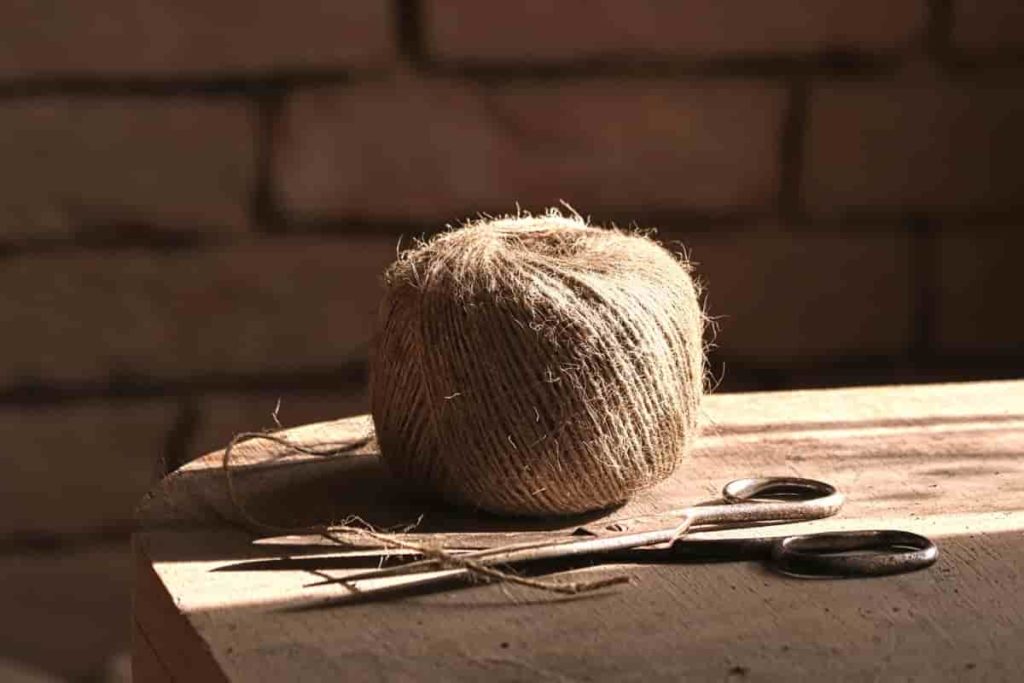
Harvesting and yield
Jute is a fiber crop and can be harvested at any stage, usually between 100 and 150 days, after a certain period of plant growth. Jute harvesting provides the best quality fiber in the pre-bud or bud stage. However, the yield is less and the amount of fiber is higher than the old crop but the fiber gets thicker and the stem does not fall properly. Therefore, as a compromise between quality and quantity, the stage of early pod formation for harvesting is optimal. Harvesting is done by cutting plants at or near the ground level with a sharp sickle.
- Green plant weight yield is approximately 45 to 50 tons per hectare.
- Fiber production is 2.0 to 2.5 tons per hectare.
- Economical Aquaculture: A Guide to Low-Budget Fish Farming
- 15 Common Planting Errors That Can Doom Your Fruit Trees
- How to Make Houseplants Bushy: Effective Tips and Ideas
- Innovative Strategies for Boosting Coconut Pollination and Yield
- Pollination Strategies for Maximum Pumpkin Yield
- The Complete Guide to Chicken Fattening: Strategies for Maximum Growth
- Natural Solutions for Tulip Problems: 100% Effective Remedies for Leaf and Bulb-Related Issues
- Revolutionizing Citrus Preservation: Towards a Healthier, Greener Future
- Natural Solutions for Peony Leaf and Flower Problems: 100% Effective Remedies
- Maximizing Profits with Avocado Contract Farming in India: A Comprehensive Guide
- Natural Solutions for Hydrangea Problems: 100% Effective Remedies for Leaf and Flowers
- The Ultimate Guide to Choosing the Perfect Foliage Friend: Bringing Life Indoors
- From Sunlight to Sustainability: 15 Ways to Use Solar Technology in Agriculture
- The Ultimate Guide to Dong Tao Chicken: Exploring from History to Raising
- The Eco-Friendly Makeover: How to Convert Your Unused Swimming Pool into a Fish Pond
- Mastering the Art of Delaware Chicken Farming: Essentials for Healthy Backyard Flocks
- 20 Best Homemade Fertilizers for Money Plant: DIY Recipes and Application Methods
- How to Craft a Comprehensive Free-Range Chicken Farming Business Plan
- Brighten Your Flock: Raising Easter Egger Chickens for Beauty and Bounty
- How to Optimize Your Poultry Egg Farm Business Plan with These Strategies
- Subsidy for Spirulina Cultivation: How Indian Government Schemes Encouraging Spirulina Farmers
- Ultimate Guide to Raising Dominique Chickens: Breeding, Feeding, Egg-Production, and Care
- Mastering the Art of Raising Jersey Giant Chickens: Care, Feeding, and More
- Ultimate Guide to Raising Legbar Chickens: Breeding, Farming Practices, Diet, Egg-Production
- How to Raise Welsummer Chickens: A Comprehensive Guide for Beginners
- How to Protect Indoor Plants in Winter: A Comprehensive Guide
- Ultimate Guide to Grow Bag Gardening: Tips, Tricks, and Planting Ideas for Urban Gardeners
- Guide to Lotus Cultivation: How to Propagate, Plant, Grow, Care, Cost, and Profit
- Agriculture Drone Subsidy Scheme: Government Kisan Subsidy, License, and How to Apply Online
- Ultimate Guide to Raising Araucana Chickens: Breed Profile, Farming Economics, Diet, and Care
- Bringing Hydroponics to Classroom: Importance, Benefits of Learning for School Students
- Ultimate Guide to Raising Polish Chickens: Breed Profile, Farming Economics, Diet, and Care
- Ultimate Guide to Raising Australorp Chickens: Profile, Farming Economics, Egg Production, Diet, and Care
- Silkie Chicken Farming: Raising Practices, Varieties, Egg Production, Diet, and Care
- Sussex Chicken Farming: Raising Practices, Varieties, Egg Production, Diet and Care
- Homemade Feed Formulations for Livestock: Discover Cost-effective Starter to Finisher Feed Recipes